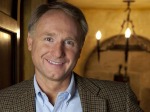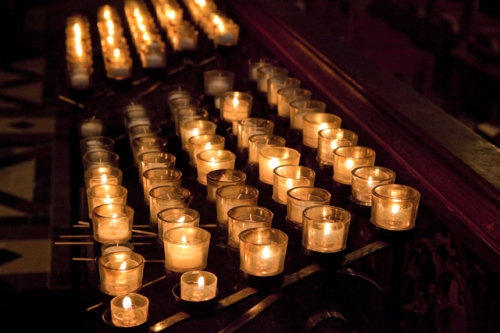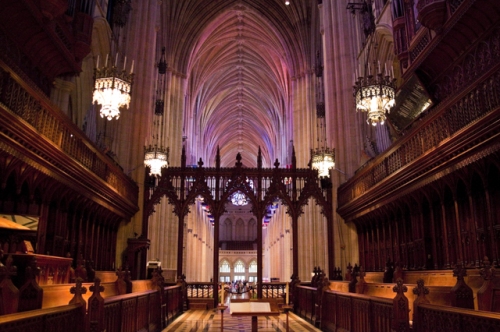
Smithsonian Castle Gates (© Julie O'Connor, 2009)
Welcome to Day Eleven of Julie O’Connor’s Magical, Mystical, Masonic Photo Tour of Washington, DC. We’ve reached Chapter 111, where Robert Langdon is having a flashback to an old lecture delivered by his friend Peter Solomon, secretary of the Smithsonian Institution.
“This wondrous castle,” the voice said, “was America’s first real science museum. It was a gift to America from a wealthy British scientist who, like our forefathers, believed our fledgling country could become the land of enlightenment. He bequeathed to our forefathers a massive fortune and asked them to build at the core of our nation ‘an establishment for the increase and diffusion of knowledge.’ ” He paused a long moment. “Who can tell me the name of this generous scientist?
The answer, of course, is James Smithson. Like Albert Pike, Smithson is a fascinating historical character, who merits more than the passing reference he gets in The Lost Symbol. Undoubtedly, Brown did his research on Smithson and, for whatever reason, left out the intriguing questions that still surround Smithson and his unusual bequest today.
Smithson was born during the 1760’s, the illegitimate son of a British aristocrat. He was a brilliant scientist who, at the age of 22, became the youngest member of the Royal Society in his day. Smithson made many discoveries, including “an improved method of making coffee” and a zinc carbonate, smithsonite, which is named after him.
His work made Smithson a prominent figure in European scientific circles and a very wealthy man. Yet, there are huge gaps in our knowledge about him.
Though we know that Smithson’s father was the Duke of Northumberland and that his mother was a cousin of the Duchess of Northumberland, no one knows exactly when he was born. More intriguingly, no one has come up with a concrete explanation why Smithson should have bequeathed his entire fortune–about half a million mid-19th century dollars–to the United States, a country that he had never visited.
What we do know is that that fortune was used to build the Smithsonian Castle, pictured above, and to sow the seed for an institution that now spans 19 museums, a zoo, and nine research centers.
Also not mentioned in The Lost Symbol is the fact that, like the Washington Monument and other DC landmarks, the Smithsonian had a Masonic cornerstone-laying ceremony. President Polk even used the same gavel that George Washington had used when he laid the cornerstone for the Capitol and he wore Washington’s Masonic apron as well.
To find out more, read our interview with Smithson biographer Heather Ewing in Secrets of The Lost Symbol.



 In its current issue, Vanity Fair reports the results of
In its current issue, Vanity Fair reports the results of 


